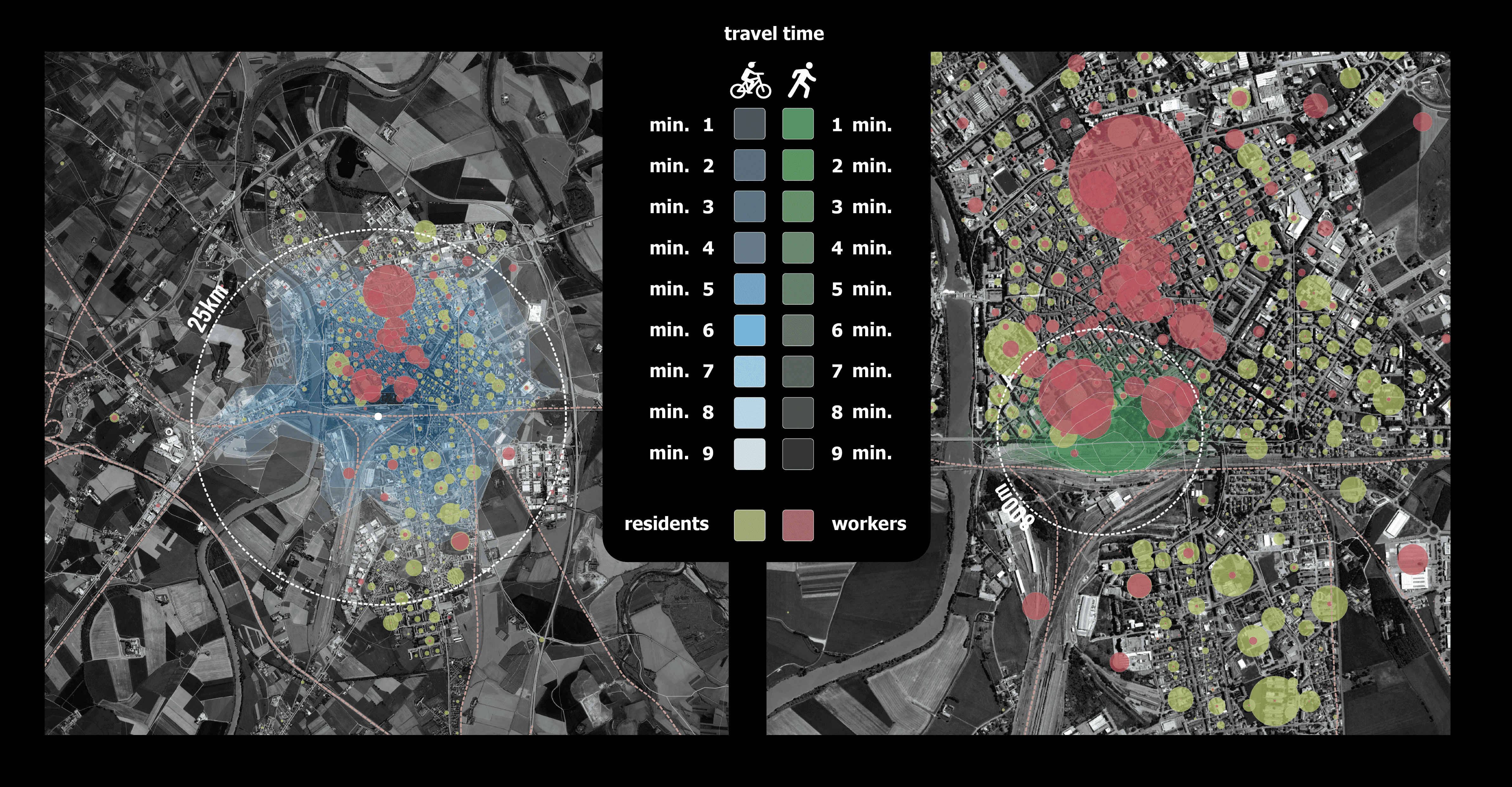Revamping and restyling railway stations
A discussion-based, multi-disciplinary approach
For many years, decades even, a lot of Italian railway stations were uncared for, often degraded, places where people didn’t feel safe at quieter times. As a result, RFI – Italian Railway Networks, railway concessionaires and operators, and various local bodies started the transformation and reassessment of stations throughout Italy.
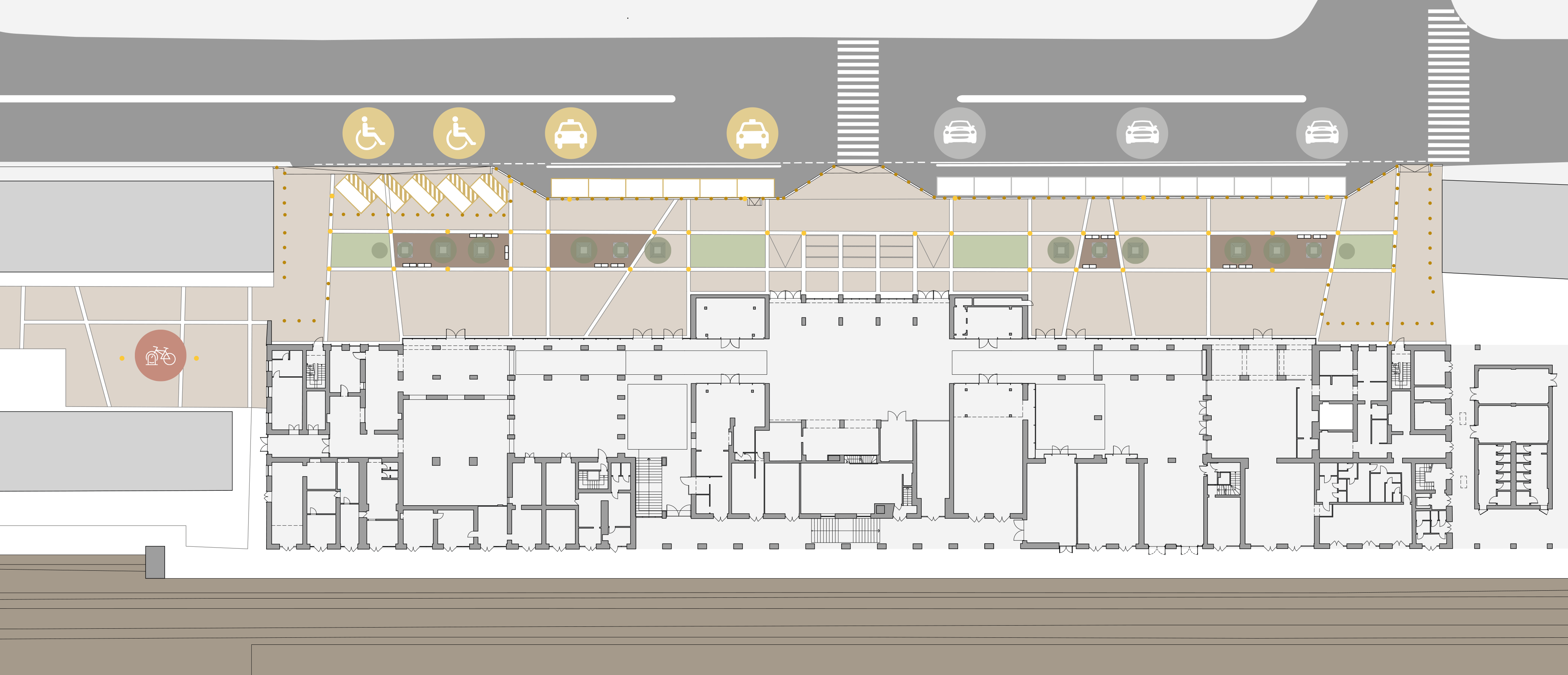
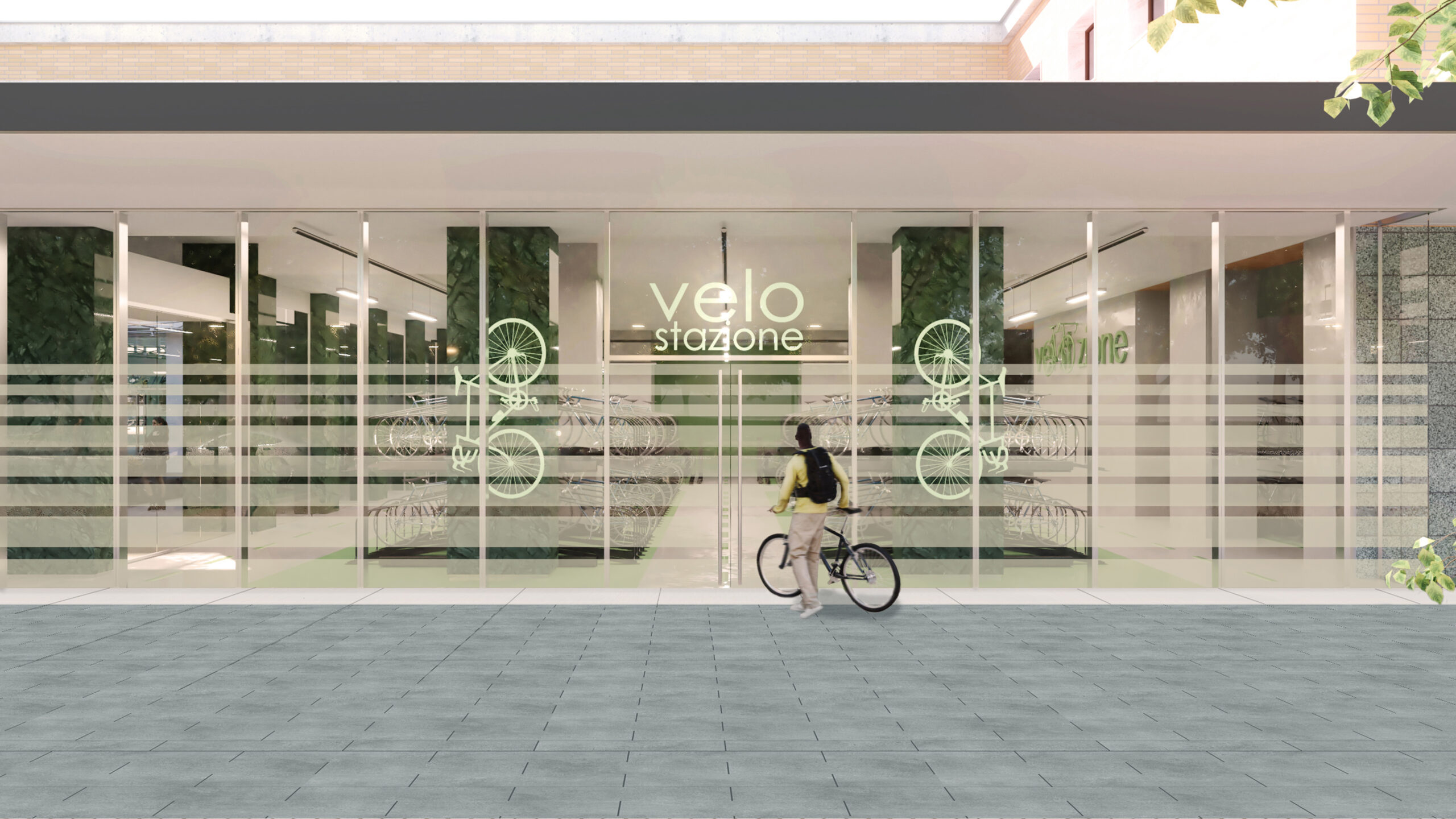
From the time they were created in the 19th century, Italian stations have partnered the evolution of the area in which they were built, supporting emerging changes and needs, becoming drivers of urban development. Therefore, stations should not be seen as just spaces designated for movement, travel and exchange but also places that can stimulate and partner the growth of the urban fabric, contributing to the generation of the quality of the geographical area they are part of. Each station, large or small, has the potential to generate positive effects in its area.
The role of architectural and engineering design in this context lies in being able to design a place that not only fulfils its primary function but is also attractive, captivating and welcoming for the end user while expressing the identity of the context it was built in.
This was the direction that NET Engineering chose to follow during the development of the Technical Economic Feasibility, Final Design and Specification Projects for the redevelopment of more than 50 Italian railway stations. The projects developed by NET Engineering concerned both internal areas and the areas outside the stations, often working in zones protected by the The Cultural Heritage and Landscape Law Code, and concerned the redevelopment of passenger areas (redefinition of internal areas, reorganisation of spaces to expand their function, refurbishment of roofs and work on facades, and structural reinforcement for safety purposes); demolition and new designs for accessory buildings; restoration, redevelopment or design of subways, canopies and platforms; design of green areas; redevelopment or new design of external service areas and bike garages; connections with the existing road system; transport analyses and accessibility studies.

Discussion as an approach
NET Engineering’s approach in dealing with these complex projects was discussion, a constant, productive discussion, first and foremost with the client, who was involved in the design from the very beginning. This <strong>mutual discussion and debate process</strong> led to finding the best design choices, the cancellation of the re-work stages and a significant reduction in the project development time.
This approach generated growing trust from the client in NET Engineering which took on the role of qualified party on all the topics involved in this type of project. The use of BIM and software that allows three-dimensional representation of the design subject, giving an almost realistic image, facilitated the discussion, increasing its effectiveness.


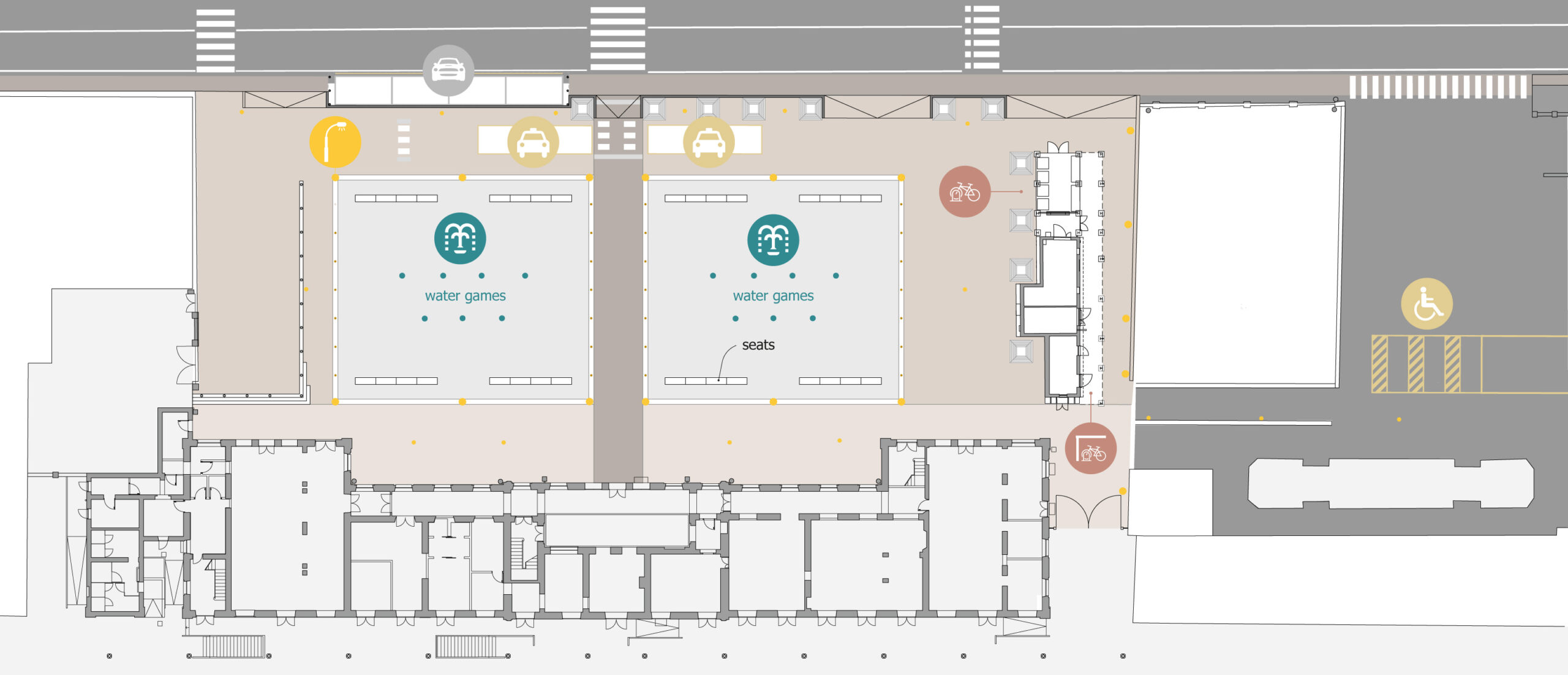
BIM and the software used are tools that allow how each station actually sits in its urban or landscape context to be seen. NET Engineering paid special attention to the railway route in relation to these topics – historically perceived as a fracture in the urban fabric, the railway was valorised to make it homogenous with its environment. Therefore, with skilful use of the design software,
NET Engineering was able to make the design object interact with its reference context while dealing with the interferences that arose. Using a system approach, which allowed effective discussion between all the disciplines at play – architecture, structures, systems, calculations, safety and construction site, and transport, was essential for the successful solution of every problem found.
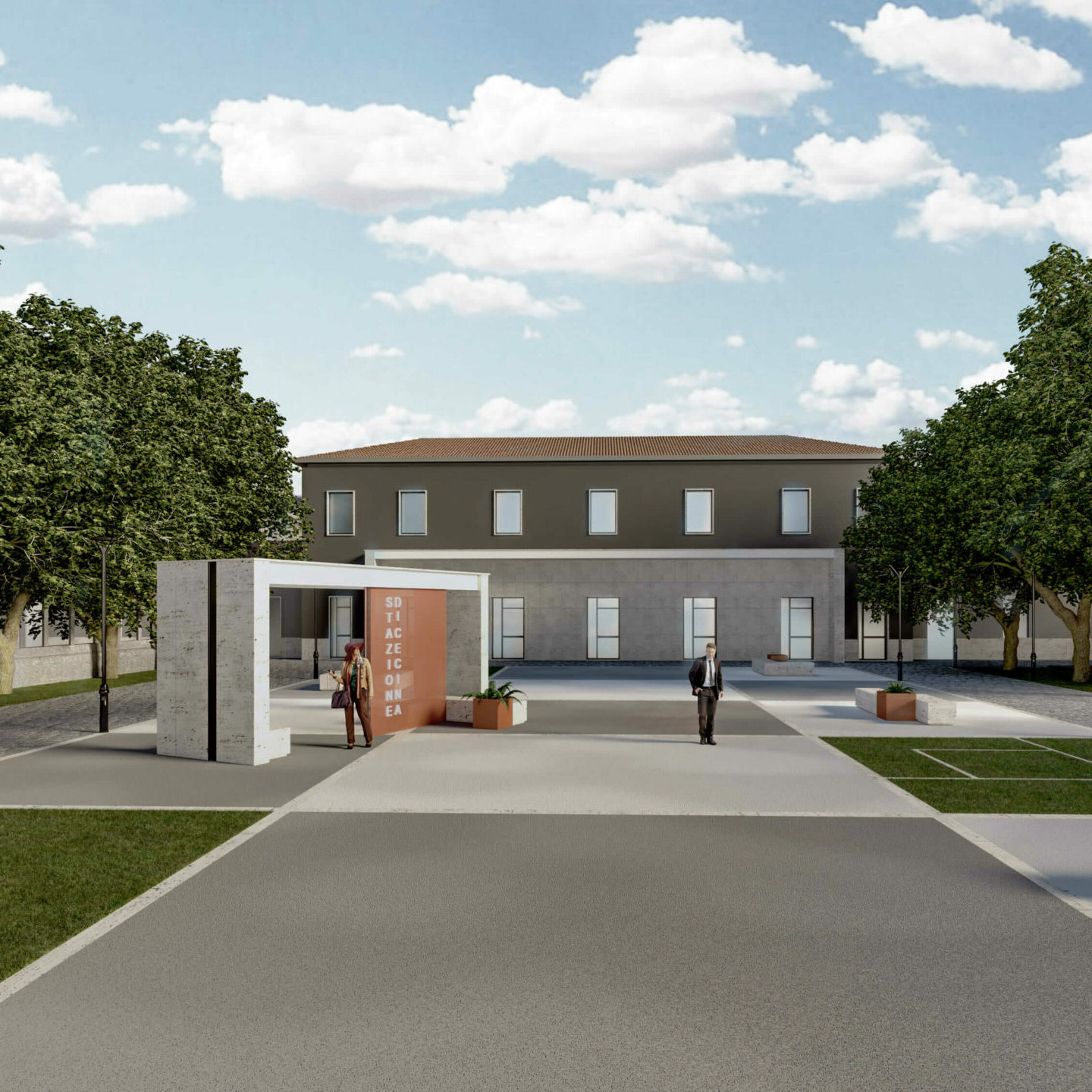
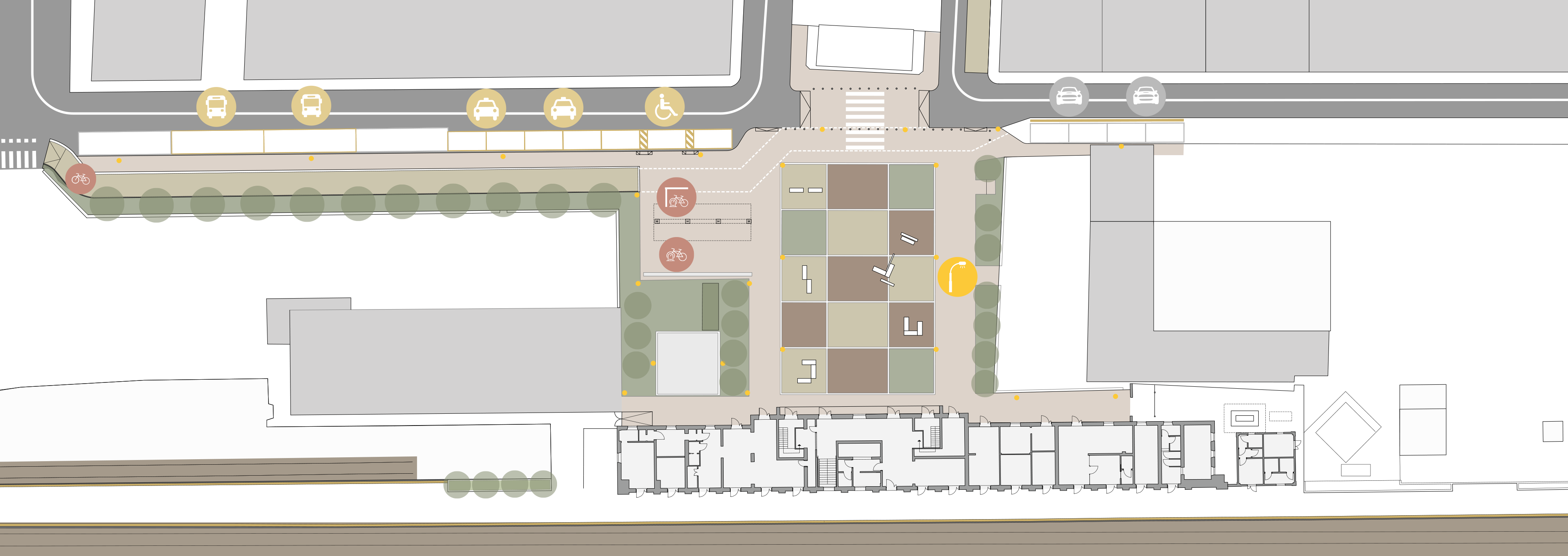


Attention to sustainability
The latest amendments to the legislation and the introduction of the Do No Significant Harm principle, which sets out that operations provided for in the National Recovery Programme (PNRR) do not cause harm to the environment, motivated NET Engineering’s designers to look for answers that could further increase the value of the station redevelopment projects, introducing design elements sustainable from the energy, environment, hydraulic, systems, and materials choices points of view.

Transport analysis
During the drafting of the Technical Economic Feasibility Projects, NET Engineering was responsible for the development of mobility studies with the aim of finding out the transport needs in the areas of operation and to indicate the development plans.
The project was considered as a ‘mobility hub’ and set out the complete reorganisation of the station following an integrated approach for the allocation of the different mobility services and the internal spaces of the passenger building, in accordance with a distribution logic that facilitates ease of recognition of platform access and valorises commercial areas, and definition consistent with the distribution elements, routes, walkways, and subways that simplify accessibility and are sized to the demand and train arrival and departure ‘events’ following the station operations model. A digital platform useful for geolocalisation and distinguishing all geometric, infrastructure and functional elements in the hub and intended to support the project choices and relative expected impact was implemented for the purpose.
The transport analyses developed by NET Engineering started from the principle that pedestrians guide the project – a station or interchange hub cannot ignore the fact that users move on foot inside it and/or to reach it. Internal and external pedestrian accessibility to the station was estimated using a station graph, an effective tool for quantifying the distances and travel times with respect to the expected flows.
At the same time, a simultaneous analysis of the offer (the space and its services) and demand (the users) was started which included study of the main origins/destinations of travellers using the station, distances, travel times, directions, routes and modal-split so that the definition of a layout able to ensure full operation of the interchange hubs was guaranteed. The system of railway stations as multi-modal hubs was designed starting from this data, with the aim of bringing the station closer to the town and creating a reconnection between the urban environment and the railway hub.


